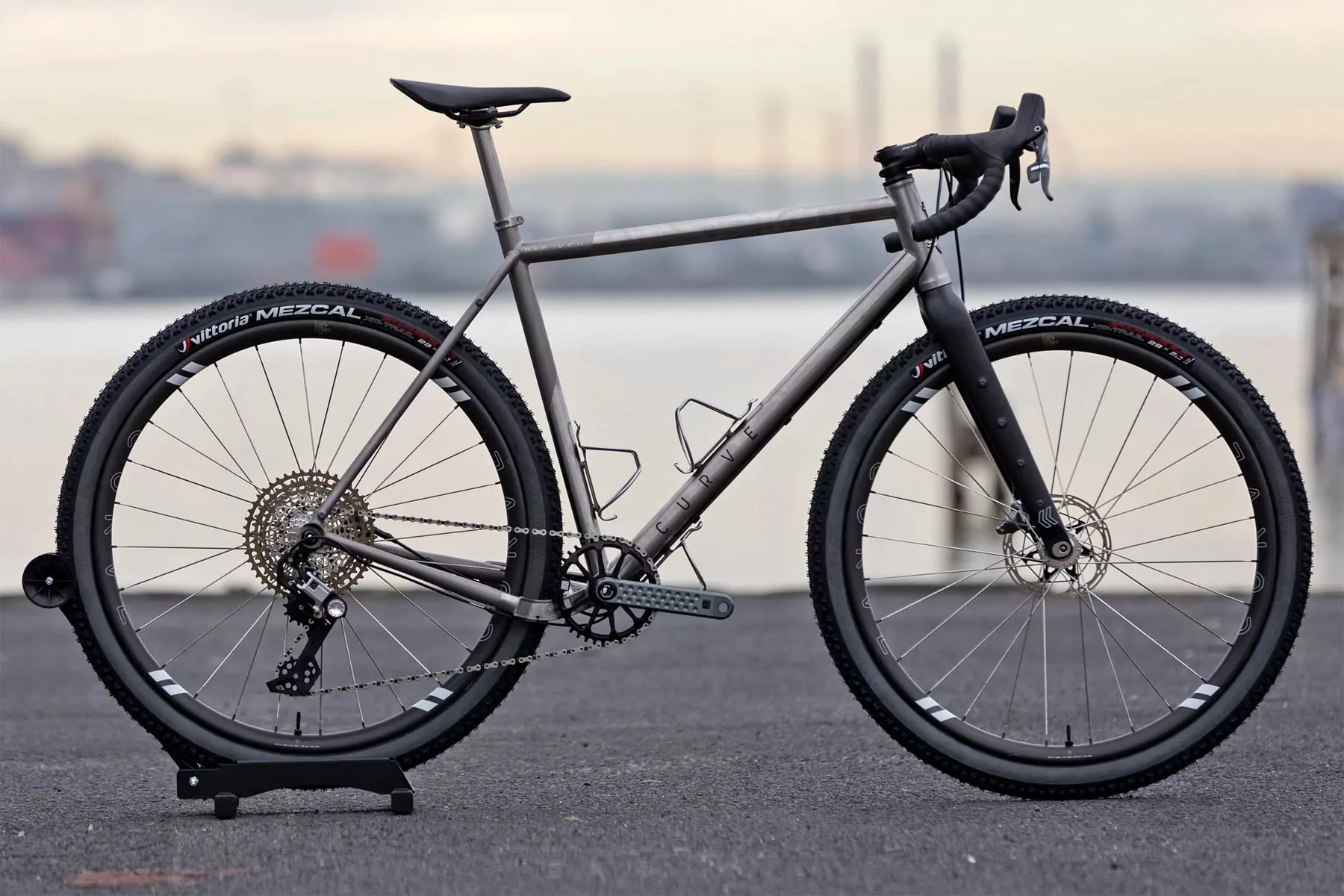For any bike brand selling direct to consumers, the customer experience is paramount. The journey the customer embarks on to pull the trigger on their next purchase is always special and unique to them, but for customers, this is only the beginning of their journey with their new bicycle. Once the customer receives this bicycle, their opinion of the brand is set by factors that are significant to the consumer, such as how quickly the bike arrives, how easy it is to put together, and how it rides for the very first time. The remainder of their experience with the bicycle brand from here on in very much comes down to how the components wear out over time and if this changes the riding performance. With components having issues or wearing out sooner than anticipated being detrimental to the customer's satisfaction.
The bicycle frame is the one thing that is designed to last, however, the remaining components are all subject to wear and tear and many will require replacing at some point in the lifetime of the frame. As many of the components on a bicycle can be easily replaced by the rider, the biggest stumbling block consumers then face is determining the correct replacement parts. Whilst the bicycle specifications on the manufacturer's website might detail that a bike is running a Shimano BR-M9120 brake system, it does not drill down what the correct finned replacement brake pad shape is for the caliper fitted. Further, we find that customers are quite capable of swapping over a set of tyres, or wheels, but they are not always certain if 12x148mm means that their bike is running a boost size hub or if they are able to go from a 2.4" wide tyre to a 2.6" tyre on their front wheel.
This leaves them in a position where they have to research the answer and hope that they then select the right option when it comes to buying a replacement. Having not purchased their bicycle from a physical store, some do not then have a relationship with their local bike shop. For many, they also prefer to shop online, much like they did when they made the original purchase of their bicycle. Currently, for these riders there exists a barrier to easily maintaining their bicycle, and in turn their satisfaction with their bicycle wanes.
This is where Bike Matrix can greatly aid a B2C bicycle brand in maintaining customer
loyalty well after the bicycle has been purchased. Once bicycle data has been provided to our team it is entered into our database and mapped against compatible replacement parts. This means that for any platform that Bike Matrix is integrated into aftermarket parts compatibility can be determined for each of these bicycles. For B2C brands that are already stocking replacement parts Bike Matrix can be integrated into an eCommerce platform to provide real-time parts compatibility for customers. Or alternatively, riders can shop at their favourite store where Bike Matrix has been integrated and by selecting their bicycle prior to shopping they will only be shown parts that are compatible.
By making replacement parts easily accessible, we can help bicycle brands shape the customer journey to be the best it can possibly be, thus strengthening customer loyalty to the brand. For any B2C brand, it is this customer satisfaction that drives repeat purchases and gets riders talking about the brand to fellow riders. We are humbled to have already partnered with Canyon Bicycles, who place a very high value of importance on the customer experience and journey, this is a vision we admire and share!















Comments